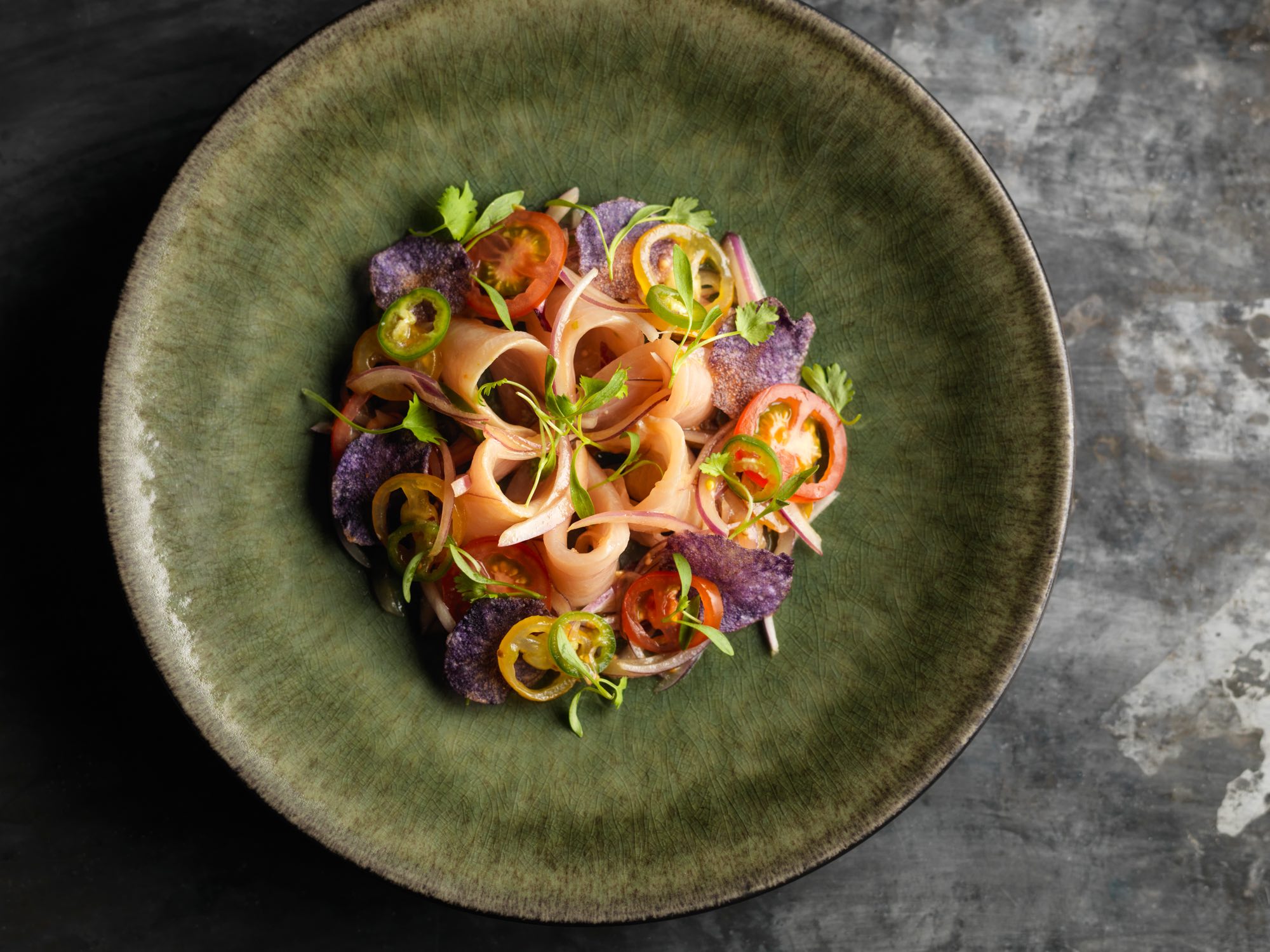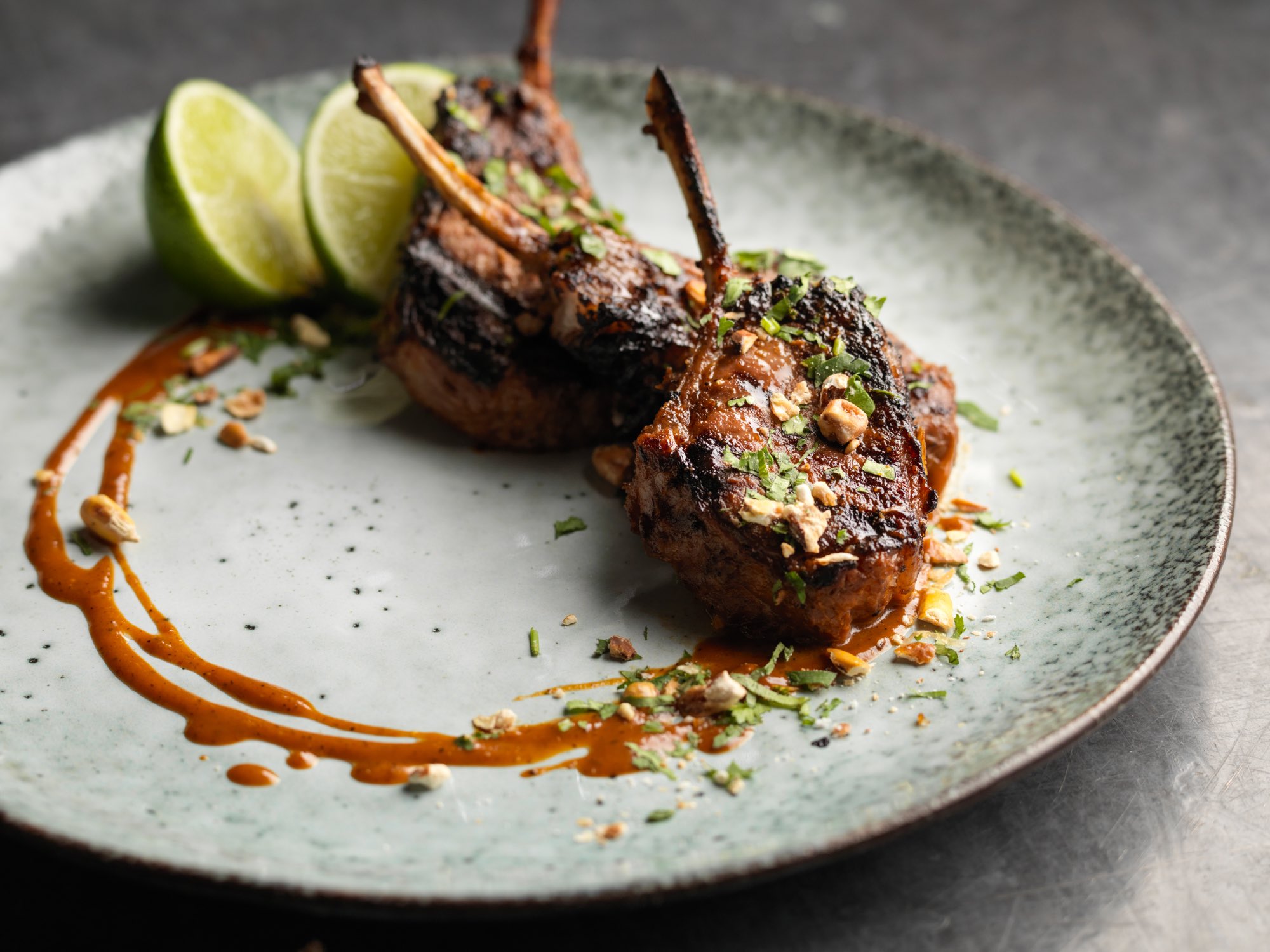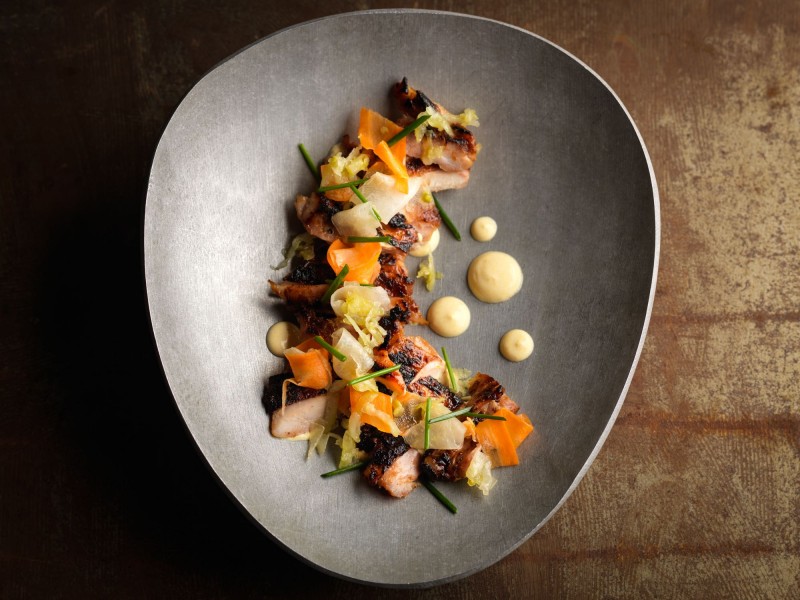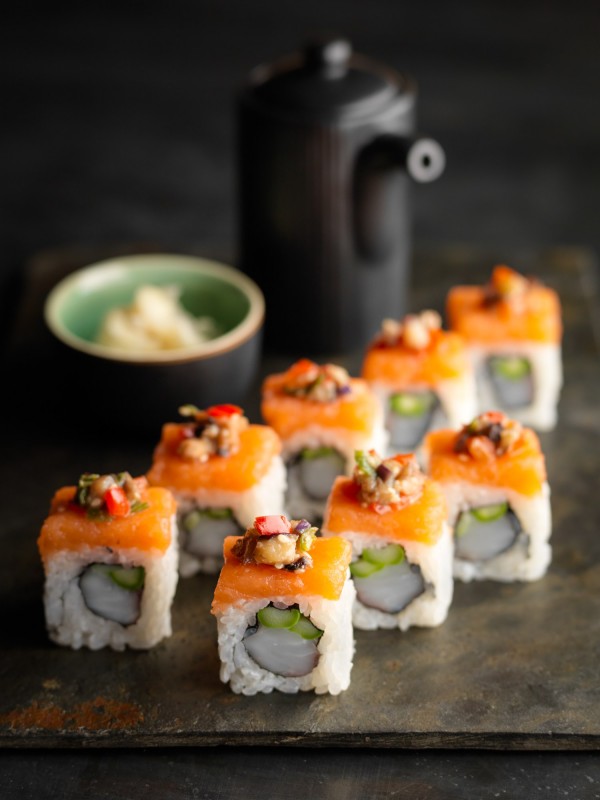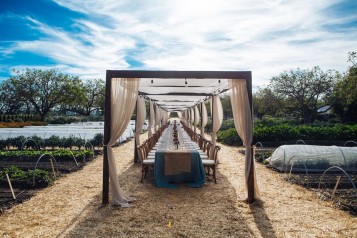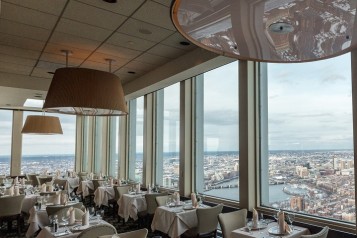Sydney, Australia-born restaurateur Kurt Zdesar is a longtime veteran of the hospitality industry. He first began his career as the European Director for Michelin-starred Nobu restaurants, later opening his own concept called Ping Pong, which specialized in Dim Sum cuisine. More recently, Zdesar has focused on his Peruvian-inspired Japanese restaurant brand, Chotto Matte, which opened its first location in London. Now, the famed eatery specializing in a unique “Nikkei Cuisine” has opened its doors along Miami’s iconic Lincoln Road in a gorgeous Amazonian setting. Here, Haute Living sits down with the culinary mastermind to discuss the new project, Miami and what comes next for him:
HL: How did you decide on the concept of “Nikkei Cuisine” for Chotto Matte?
KZ: My travels led me to Shanghai in 2005 while researching dumplings for a concept I was launching called Ping Pong—it was Dim Sum all day long. In Shanghai I came across a place called Ceviche—I knew what it was, but I didn’t know that there was more than that to Peruvian cuisine, which I discovered that night. I thought the food was so exciting for the mouth with so many different spices and flavors. After, I went to Peru and studied the cuisine more. A lot of the menu is inspired by my travels, from China to Peru, to Greece and more.
HL: Tell us a little about the cuisine. What makes it unique?
KZ: It incorporates so many different flavors and varieties; there is something for everyone, from the meat-eaters, to the pescetarians, vegetarians, vegans and so on. I also wanted our food to be art—we eat with our eyes first, so everything has to look good but taste good too. In Peru, everything is so colorful and I wanted to reflect that. The purple potato is our best friend here—it comes in a puree form to complement the meat dishes, and we also have orange from the orange chilies and red from the red chilies, etc. They add the palette of color as well as the taste.
HL: After the success of Chotto Matte in London, what made you choose Miami as the first U.S. location?
KZ: I actually thought L.A. would be the first U.S. location for us until we came to Miami by chance at a meeting here three years ago. During that meeting we saw how much Miami had changed and that it was evolving. I love the sunshine so I knew it had to be somewhere warm. The economics of Miami is great—it’s one of the fastest growing economies in America. Miami stacks up in so many ways, and the lifestyle is fantastic and it’s only getting better—to be part of this gastronomic revolution is exciting.
HL: Are there any differences between the two locations?
KZ: It’s the same DNA but a bit different—I always try to improve each time. I want each place to have its own identity and special components. You don’t ever want to rush a project and end up with a newer, inferior project. My idea is to always work to make things better. I learned that replicating and not improving isn’t sustainable—you don’t maintain the same standard. And the design elements differ, of course.
HL: What type of crowd are you targeting with Chotto Matte?
KZ: I’m an all-inclusive type of person. I don’t like to segregate and I want everyone to be able to come, from young people on budgets, to wealthy people with no budgets, and everyone in between. Young couples, old couples, families—I love when kids come. I want everyone! So we try to be accessible for all different types of people. My business model is to try to give more for the buck and try to be as competitive as possible. I’ve trained my staff to figure out how to maximize our business efficiently so that the customer doesn’t pay for our mistakes. We can’t be wasteful in what we do. I like my concepts to be a melting pot of society because everyone deserves to get great food and great service.
HL: The interior design of the space is very unique and striking. Tell us how you created this concept.
KZ: The design came together piece by piece. The first challenge was figuring out how we were going to use the space. We had to create an experience outside of the experience outside—how do you make a place exciting when you’re in one of the most exciting places in the country?
Our architect is Andy Martin and he’s fantastic. He takes my ideas and shows me something that I would never have imagined. Dividing the space meant forming something in the middle and creating a reveal—I like there to be a level of surprise and discovery to the experience of coming in. The neon graffiti glowing bathrooms are a discovery, the walls are a discovery, the sushi bar is a discovery, etc. We also flew in almost all the materials used in the restaurant. The marble tiles are from Turkey, the burnt timber is from Japan, the giant rock is from Sicily and the furniture is designed and manufactured by us. We also had our architect pick all the boulders from Sicily that are in the stations. We then had to cut out sections with CNC computer machines that have a laser-cutting technology. Everything was bespoke and everything was a challenge to overcome—which makes it exciting. Problem-solving is sort of the fun of it, and coming up with a solution and seeing it there after all of this time makes it all the more worth it. We have a few more touches to come, we used local artists for the walls as I also wanted to incorporate some of the excellent artistic talent Miami has to offer – it just didn’t make sense to bring artists from overseas like we do in London.
HL: Why did you decide to do the retractable roof as opposed to traditional indoor/outdoor seating? Was this design challenging?
KZ: I can’t take full credit because the roof was already like that, but we decided to keep it in the design. I love dining al fresco in a restaurant, but weather can be cruel and at times you’ll have it raining within minutes and then the experience is over. In Miami it’s so unpredictable so this gives us nice flexibility. We had this feature and realized it had to be a focal point for sure, but having a feature like this complicates things a bit because you have to figure out how to lay things out below it. The square shape of the restaurant is also challenging because you have to determine how to give your audience different experiences in one area, which I think we worked out very nicely.
HL: Can we expect to see a further expansion of the Chotto Matte brand throughout the U.S.?
KZ: Yes, but not in Miami. I won’t replicate anything in the same city, so this will be the only Chotto Matte in Miami. I want it to always be a special reveal—I don’t want people to know what to expect in the same city, you lose the excitement that way. Each time, it will change. Here, we have the Amazonian look. In the upcoming Toronto location, we are focusing on live art installations changing throughout the night, a beautiful terrace, all-glass floor-to-ceiling windows, etc. It will be a totally different experience, but equally exciting!








